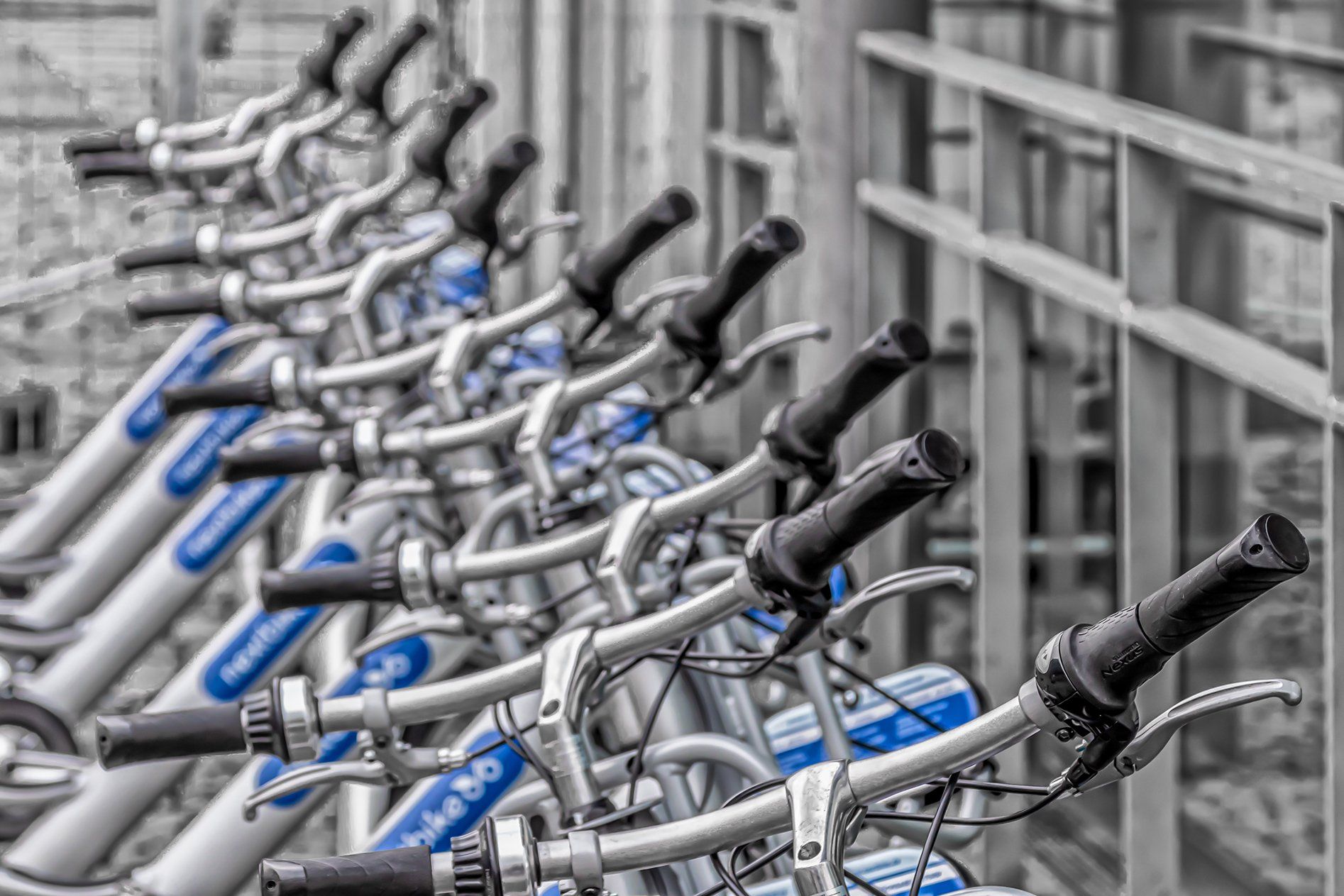MOULD SERVICE
I have an in-depth knowledge of many different techniques for producing plastic products using moulds. See below for some examples of the techniques I cover.
INJECTION MOULDING
In this technique, plastic is injected into the cavities of a mould. This is one of the most common methods of producing plastic components or thin-walled food packaging materials. It is also a suitable technique for consumer goods such as toys and for kitchen utensils and industrial components. The thinner the wall, the lower the material costs and the shorter the production time. The challenge is to produce the items as thinly as possible while maintaining sufficient strength. The injection moulding process is often used for products produced in substantial numbers.
INSERT AND OUTSERT MOULDING
In insert moulding, an object made of a different material such as metal is fully enclosed in plastic. This can be done manually, but also in an automated process. This technique is often used in the automotive industry. In outsert moulding, an object made of another material is mounted or pressed into the plastic product. This technique is used for producing bicycle components, handles with metal fixings and air filter housings, for example.
TWO COMPONENTS
Simultaneously injecting two different types of plastic into one mould creates a better bond between plastics with different properties such as colour, structure and hardness. This can also eliminate the need to finish or assemble individual parts. Toothbrushes are made this way. Another example is a mobile phone with a protective rubber rim. In this technique, turntables are mounted in the mould or on the machine plate to enable the second component to be added.
DOUBLE LAYER
The double- or multiple-layer technique is used for applications such as processing recycled material with an outer layer of virgin plastic. Double-layer injection moulding can extend the shelf life of the contents of PET bottles by protecting them from UV radiation.
GAS INJECTION (GIT) AND WATER INJECTION (WIT)
Hollow or partially hollow plastic products are injection moulded using the gas injection (GIT) or water injection (WIT) technique. When gas or water is injected into the melt, a cavity is formed in the core of the product, creating a product with a hollow interior. This method reduces the cycle time and cuts down on material usage whilst still producing a robust product. Strength is provided by moulding thick ribs at intervals across the inside of the product. Products produced in this way include handles, high chairs and armrests for office chairs.
CASCADE OR SEQUENTIAL INJECTION MOULDING
In sequential or cascade injection moulding, different injection nozzles are opened in a predetermined order. With this method, accurate measurement of the temperature and location of the melt are key. Nozzle opening is controlled on the basis of these. Car bumpers and door panels are produced with multiple injection points, with the cascade technique ensuring that the weld lines are less visible.
IN-MOULD LABELLING (IML) AND IN-MOULD DECORATION
The IML technique eliminates an entire additional processing stage, as the label is inserted into the mould before the plastic is injected. When the plastic is injected, the label fuses with the product. This technique is used for items such as butter tubs and buckets sold filled. This method has major benefits in terms of plastic packaging recycling. In-mould decoration is based on the same principle but is used for smaller decorated areas. In-mould labelling and in-mould decoration are techniques that are commonly used in the food industry.
ACCESSORIES
The services carried out by MR Mouldinpla are not limited to moulds. I also maintain and repair accessories. For example, I regularly repair and overhaul hydraulic cylinders, which saves you the expense of having to buy new ones and prevents unnecessary process stoppages due to long lead times for new cylinders.
With the right hot runner system, you can reduce production waste by keeping the raw material in a processable state with internal or external heating. The injection points on the products are shorter, so less material is wasted. Besides connecting, maintaining and overhauling hot runners, I can also advise you on which hot runner system to buy to best meet your needs.
With the right hot runner system, you can reduce production waste by keeping the raw material in a processable state with internal or external heating. The injection points on the products are shorter, so less material is wasted. Besides connecting, maintaining and overhauling hot runners, I can also advise you on which hot runner system to buy to best meet your needs.
RAW MATERIALS
The combination of the right production technique and the right raw material plays a key role in ensuring an optimal end product. Besides being familiar with the techniques, I also have an in-depth knowledge of the raw materials used to produce semi-end products, components or end products with moulds. Form and function are determined by the type of plastic used.
The plastics I work with most often are: ABS, PA, LDPE, HDPE, PMMA, POM, PET, PC, PS, PBT, PP, PVC and TPE.
The plastics I work with most often are: ABS, PA, LDPE, HDPE, PMMA, POM, PET, PC, PS, PBT, PP, PVC and TPE.








